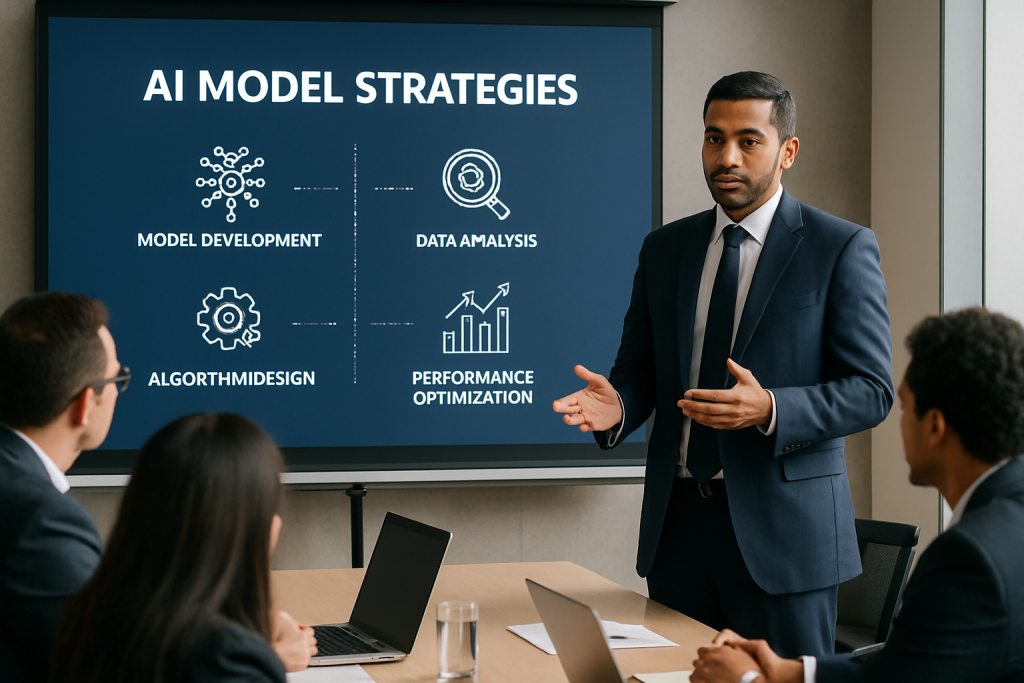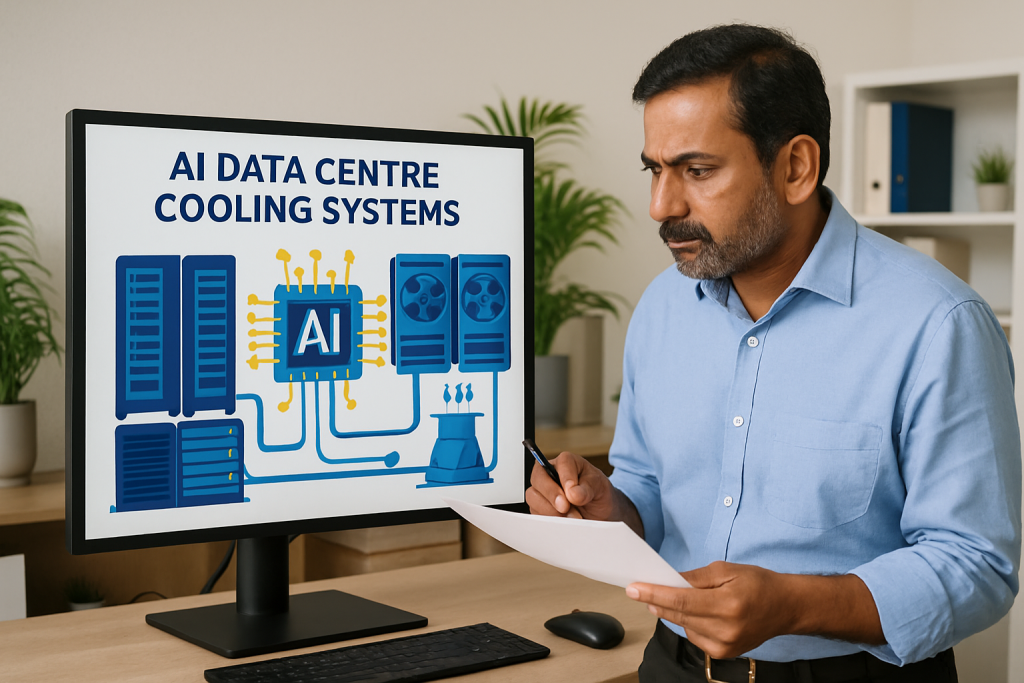A quiet revolution is transforming Indian enterprises through AI infrastructure. While headlines focus on chatbots and generative AI tools, the backbone systems are driving real business change.
According to NASSCOM, over 70% of large Indian companies invest actively in AI. But successful adoption isn’t just about algorithms. It requires the right technological foundation.
Modern AI infrastructure goes beyond traditional servers and storage. It includes GPU-accelerated systems, edge computing, and secure data management platforms. These systems help businesses shift from testing to real execution.
Why It Matters Now
India’s AI spending will reach $5 billion by 2027, according to IDC estimates. This represents 30% annual growth. Most investment flows into next-generation infrastructure designed for scale and performance.
A Bengaluru hospital chain now interprets MRI scans in five minutes using AI. This breakthrough required GPU clusters that meet healthcare data standards. In Surat, textile manufacturers use AI sensors to detect factory problems. This cuts downtime by 40%.
Banks like HDFC and SBI deploy AI models for fraud detection. They analyze millions of transactions in real-time using high-performance infrastructure.
Enterprise systems are shifting from CPU-heavy setups to GPU environments. These new systems handle real-time decisions and large-scale model training.
The modern AI technology stack includes multiple layers. Multi-GPU servers and high-speed storage form the foundation. Container tools and machine learning frameworks sit above that.
Companies increasingly separate training from real-time decision tasks. Vision models train on central GPU clusters but deploy at factory edges. This enables predictive maintenance without cloud delays.
Private clouds grow popular due to stricter data regulations. The new infrastructure must balance performance, cost, compliance, and scalability.
Market Impact in India
AI infrastructure acts as a business multiplier for companies. Enterprises that modernize their systems report significant improvements.
Model training time drops 30-50% with better infrastructure. Data processing becomes 60% faster. Automation and smart workflows save 25-40% in costs.
A Mumbai logistics company implemented GPU-powered route optimization recently. Fuel costs dropped 18% while delivery times improved 22%.
CIOs now track AI infrastructure returns through three metrics. Time to deployment measures speed from development to production. Inference latency proves crucial for instant decisions. Cost per insight divides total infrastructure cost by useful AI outputs.
As one expert explained: “We help clients balance CPUs for lightweight tasks, GPUs for model operations, and custom accelerators for real-time AI agents.”
Risks and Considerations
Despite promise, AI infrastructure adoption faces obstacles in India. According to NASSCOM’s AI Adoption Index 2.0, over 60% of enterprises cite cost and talent shortage as key barriers.
High-performance GPUs cost significant money and face supply limits. Building data pipelines requires elite engineering talent. This makes AI adoption capital and skill intensive for mid-sized businesses.
Compliance risks create additional challenges. The Digital Personal Data Protection Act requires data localization and encryption. Finance and healthcare sectors face strict auditability requirements.
AI needs both smarter software and governance frameworks.
What Business Leaders Should Know
AI infrastructure demand spreads beyond major cities now. Tier-2 and Tier-3 cities recognize the technology’s potential.
Hospitals in Indore and Coimbatore seek AI solutions. Agricultural startups in Ludhiana want localized processing power. This drives edge AI demand, bringing computing closer to data sources.
Indian infrastructure providers design platforms for local conditions. They optimize for variable power supply, climate challenges, and affordability.
India’s AI infrastructure roadmap includes five key trends according to industry analysis. Large language models demand more computing power. AI-as-a-Service platforms must meet data protection requirements. Modular infrastructure will democratize access for small businesses.
MLOps and automation will manage complex model lifecycles. Energy-efficient hardware research will reduce costs.
Government initiatives like IndiaAI Mission and Digital India lay groundwork. But deeper collaboration between government, academia, and private players remains essential.
AI infrastructure is no longer an optional upgrade. It powers faster decisions, smarter operations, and scalable innovation. Mumbai banks detect fraud in milliseconds. Surat textile units prevent machine breakdowns. Delhi hospitals deliver faster diagnoses.
With Indian manufacturers and system integrators innovating for scale and compliance, the country’s AI future looks promising. Infrastructure investments today will determine competitive advantage tomorrow.


